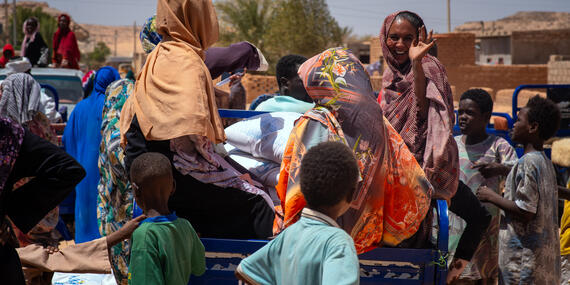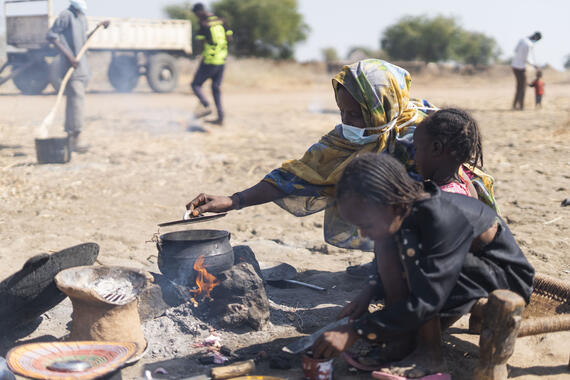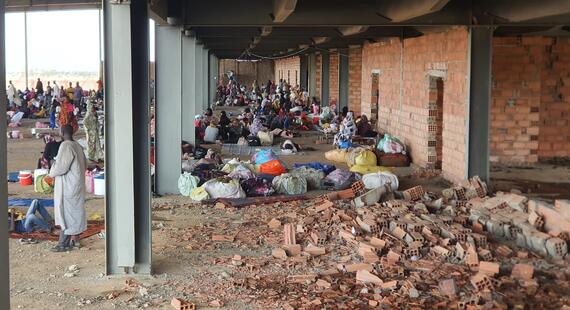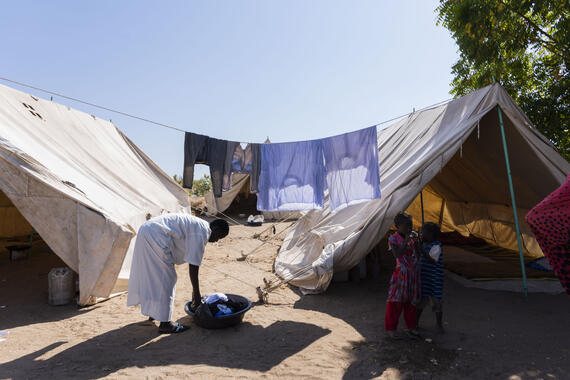7 things you need to know about Sudan’s humanitarian crisis

By Tapiwa Gomo and Alimbek Tashtankulov
1. People in Sudan are suffering their sixteenth consecutive month of war, with no end in sight. As fighting, disease, and hunger close in, a staggering 26 million people, or more than half of the population, need humanitarian assistance. The international community must step up.
2. Famine has descended on North Darfur. The Famine Review Committee confirmed that the conflict has pushed the State’s communities into famine conditions – notably in Zamzam displacement camp near the State capital, Al Fasher. People are likely enduring similarly horrific conditions in more than a dozen other States.

3. Across Sudan, more than half of the population faces acute hunger. The country is witnessing historic levels of acute food insecurity, but the situation is especially critical for people trapped in conflict-affected areas, particularly Aj Jazirah, Darfur, Khartoum and Kordofan.

4. Sudan is the world’s largest internal displacement crisis. More than 10 million people have fled their homes since the conflict broke out in April 2023. They include 7.9 million people displaced within Sudan, more than half of them children, and more than 2 million people who have crossed into neighbouring countries. Approximately one in seven of the world’s internally displaced people is Sudanese.
5. Civilians – particularly women and children – are suffering horrific forms of abuse. Rape, abductions, sexual exploitation and other types of gender-based violence continue unabated, with a growing number of children born from rape. Reports of indiscriminate attacks, ethnically motivated killings and other atrocities are gruesome hallmarks of this conflict.

6. The UN and international non-governmental organizations are working with Sudanese organizations and community volunteers, who have been at the forefront of response efforts since the conflict began. More than 125 humanitarian partners are on the ground – they reached nearly 8 million people with at least one form of humanitarian assistance between January and May. Humanitarian workers continue to deliver, despite threats to their safety. Since April of last year, at least 22 aid workers have been killed and 33 injured in Sudan.
7. To fight famine, we need aid and funding to flow freely and quickly. Humanitarian organizations in Sudan are pushing ahead with a full-scale plan to beat back hunger, but they need unimpeded access to deliver across borders and battle lines. They also need donors to pledge generously and disburse funds quickly: the Sudan humanitarian appeal is just 32 per cent funded.
*This story was originally published in OCHA exposure.
